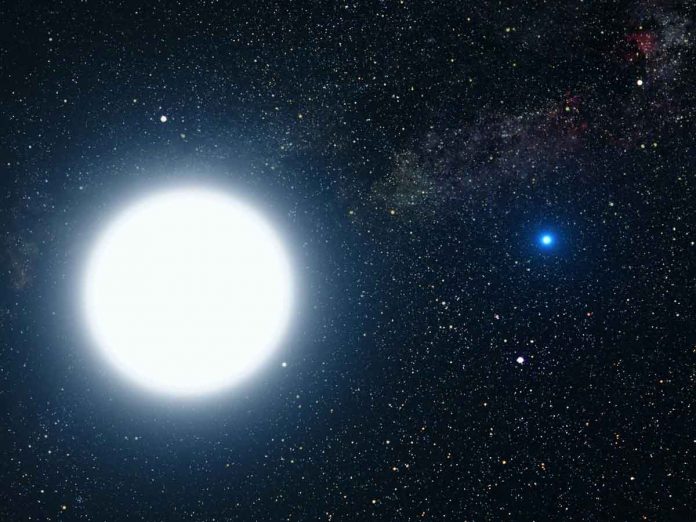Chinese Academy of Sciences researchers have explained the formation of millisecond pulsars (MSPs) with long orbital periods by accretion-induced collapse of white dwarfs.
The study was published in Monthly Notices of the Royal Astronomical Society.
Neutron star (NS) systems are generally believed to be formed via three ways. Core collapse supernovae of massive stars, electron-capture supernovae of intermediate-mass stars and accretion-induced collapse (AIC) of massive white dwarfs (WDs).
Oxygen-neon (ONe) WDs collapse into neutron stars via electron-capture reactions, in the AIC process. AIC events are predicted to be the most likely short-lived and faint optical transients. A small ejecta mass is expected during the collapse.
The AIC process can lead to the formation of newborn NSs with small kicks. It can be used to reproduce obviously young NSs in some globular clusters. These young NSs cannot be produced through the classic core-collapse supernova channel.
The AIC process may help to explain the observed discrepancy between the large rate of millisecond pulsars (MSPs) and the small rate of their progenitor systems in the Galaxy.
An ONe WD that accretes H-rich material from a red-giant (RG) star may experience the AIC process. It eventually produces MSPs which are known as the RG donor channel. It is worth noting that more and more MSPs with wide orbits more than 500 days have been detected by recent observations. But their origin is still highly uncertain.
Scientists explored the formation of binary MSPs through the RG donor channel. They have used an integrated mass-transfer prescription for RG donors. They found that the RG donor channel could form binary MSPs with orbital periods ranging from 50 d to 1200 d. There the final NS masses were in the range of ~1.26–1.55Msun and the masses of the WD companions were in the range of 0.30–0.55Msun.

